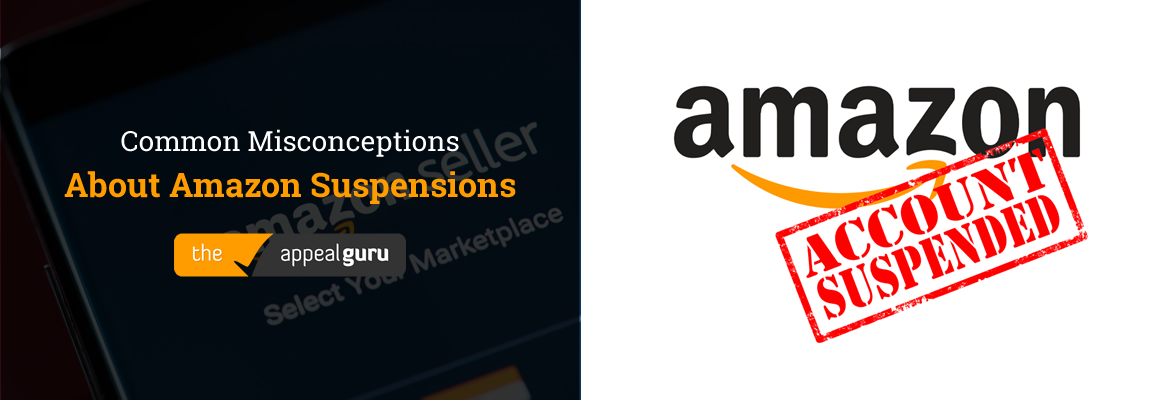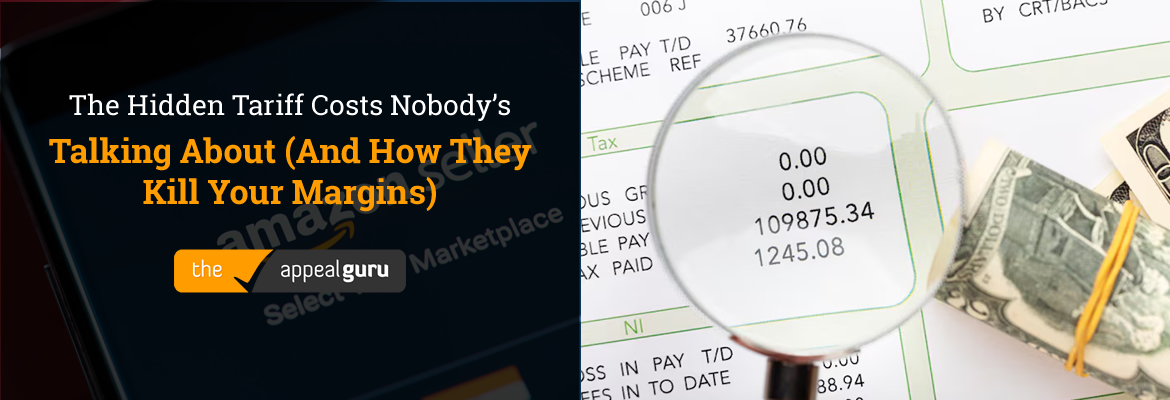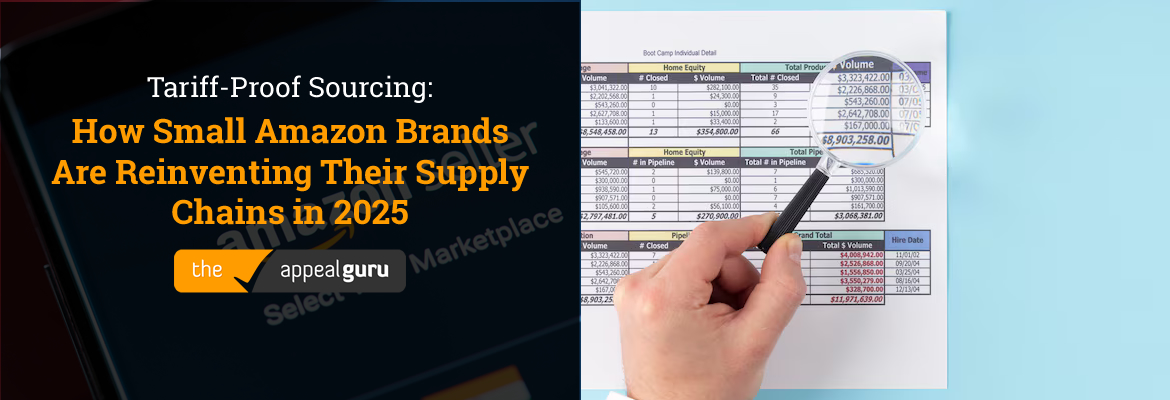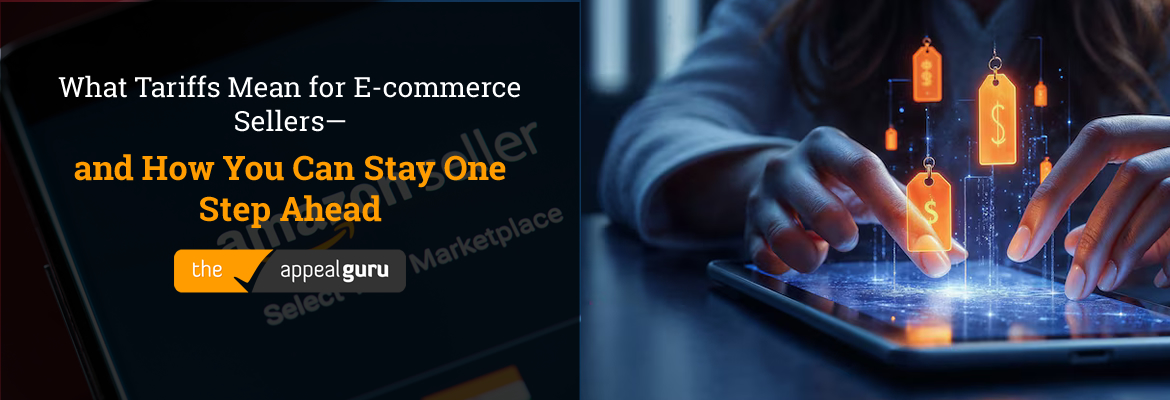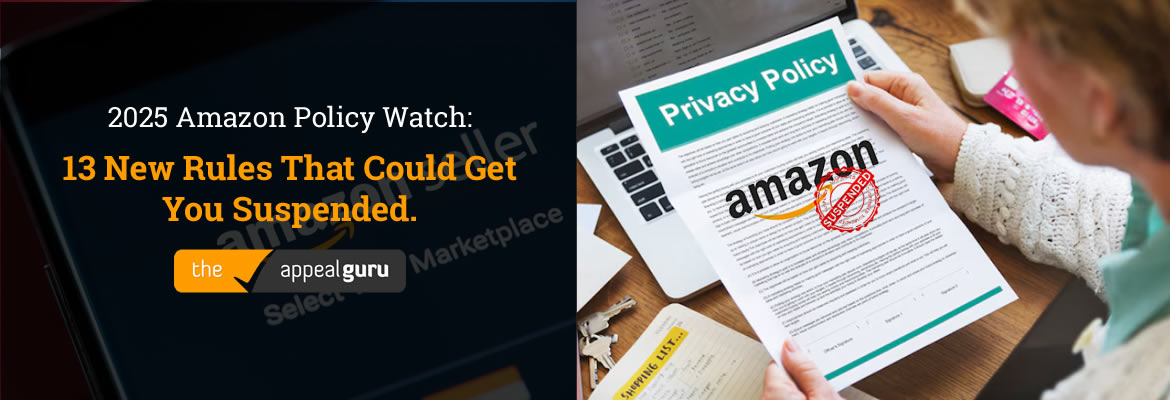Selling on Amazon isn’t as easy as simply listing your products for sale. There are several things to keep in mind before you start selling on Amazon. This huge e-commerce platform, combined with powerful programs and tools, has made Amazon an attractive and essential market for online sellers. This article will explain to you all about Vendor Central and Seller Central.
Many brands and small business owners don’t know which program to use. Nor are they aware of the long-term implications and benefits of choosing one program over the other. Here Seller has to decide how they want to sell their products. For one, keep in mind that not all categories are currently available for the integration between Shopify and Amazon, so review your catalog to ensure that you understand which product categories are currently eligible. And then decide that as you want to sell your products through Amazon Vendor Central or Amazon Seller Central. Understanding the benefits and challenges of these two options will go a long way towards determining the health and sustainability of your business.
Amazon Seller Central
If you’re first starting out selling products on Amazon, you will be considered an Amazon seller. Amazon Seller Central is the portal to Amazon Marketplace, used by brands, manufacturers, and third-party sellers to market and sell their products to customers on Amazon’s marketplace. You will sell products in Seller Central, otherwise known as the Amazon marketplace. Once sold, there are several ways to ship to the customer.
Amazon offers both individual and professional seller accounts. While the professional seller accounts require a monthly subscription, most businesses will opt for the professional seller accounts as it offers analytics tools, preferential marketing treatment, and a slew of other features a professional Amazon seller will need to scale their business.
Amazon Vendor Central
Amazon sellers can join Vendor Central only via an invite from the corporate team. Once they’re on board, their products will then be listed as “sold by Amazon” – likely offering a boost in shopper trust and confidence. Amazon Vendor Central is a program for selling your product to Amazon. Amazon determines the brands and products they will allow to sell via Vendor Central. When using Vendor Central the brand acts as a supplier to Amazon selling to them in bulk, and Amazon then owns and sells those products directly. With Amazon Vendor Central, you will be selling as a first-party distributor and supplier for Amazon, granting you additional exposure and buyer trust.
In a first-person relationship, brands and businesses sell products directly to Amazon at wholesale prices. Then Amazon sells them to customers at retail prices. Brands and businesses act as the vendor or wholesaler. Amazon acts as a seller or retailer. Vendor Central is the program Amazon uses to manage its first-person relationships. It is an invitation-only program. However, certain steps can be taken to obtain an invitation, such as connecting with an Amazon Vendor Manager on LinkedIn or at industry trade shows or hiring an e-commerce consultant who has an existing relationship with Amazon.
In a third-person relationship, brands and businesses use Amazon to sell products to customers at retail prices. Seller Central is the program Amazon uses to manage its third-person relationships. This program is open to anyone’s brands, businesses, and resellers. Certain product categories, such as automotive, clothing, and grocery, require preapproval.
Here is the comparison of the difference between Vendor Central and a Seller Central account:

The choice between Amazon Vendor and Seller Central is enough to warrant some significant nights spent number crunching but for a good reason. Both have their advantages and disadvantages of turning a profit.
You can’t deny the flexibility of Amazon Seller Central. Being able to set your prices and control the flow of items can be an invaluable source of easy cash flow. But the lack of support can be draining, as you’re forced to do everything else yourself.
It’s a common question, however, the solution is not one-size-fits-all. Some brands and businesses swear exclusively on seller Central or vender Central, whereas others suppose a mixture of each program. for instance, let’s assume Amazon invitations you to hitch seller Central, however, decides to hold solely a choose range of SKUs. You’ll use vendor Central to supply the remainder of your business line with Amazon’s permission.
If you sell to Amazon however wish to sell on Amazon, review your first-person agreement together with your legal team initial. A primary right of refusal is commonly enclosed that forestalls you from gap a vender account while not Amazon’s specific approval. I’ve found that transparency with Amazon is the best policy. Amazon is commonly willing to open the third person door for brands and businesses as a result of its ultimately in Amazon’s best interest.
Other concerns to keep in mind once selecting between Amazon 1P and Amazon 3P: Sales volume is higher and costs are lower with Seller Central. Brands and businesses even have bigger management of their product and rating with vender Central, however with bigger management comes a bigger responsibility. A lot depends on your operation model, the kinds of products you sell, your wholesale and retail profit margins, and the alternative resources at your disposal.
Carefully consider your business, its current needs, and your goals for the future. Choose the option that fits your vision and gives you the opportunity to grow your business as you see fit.

